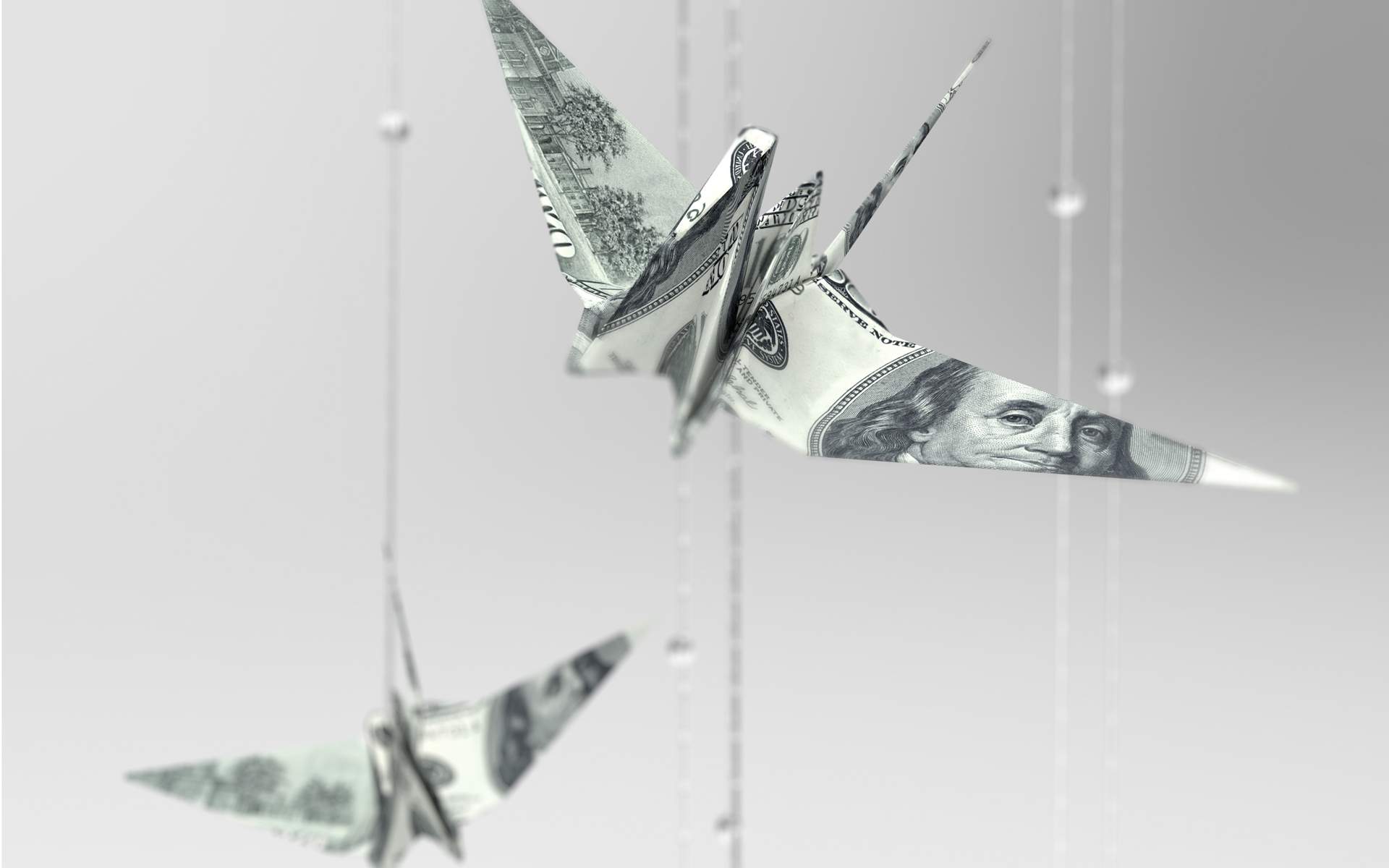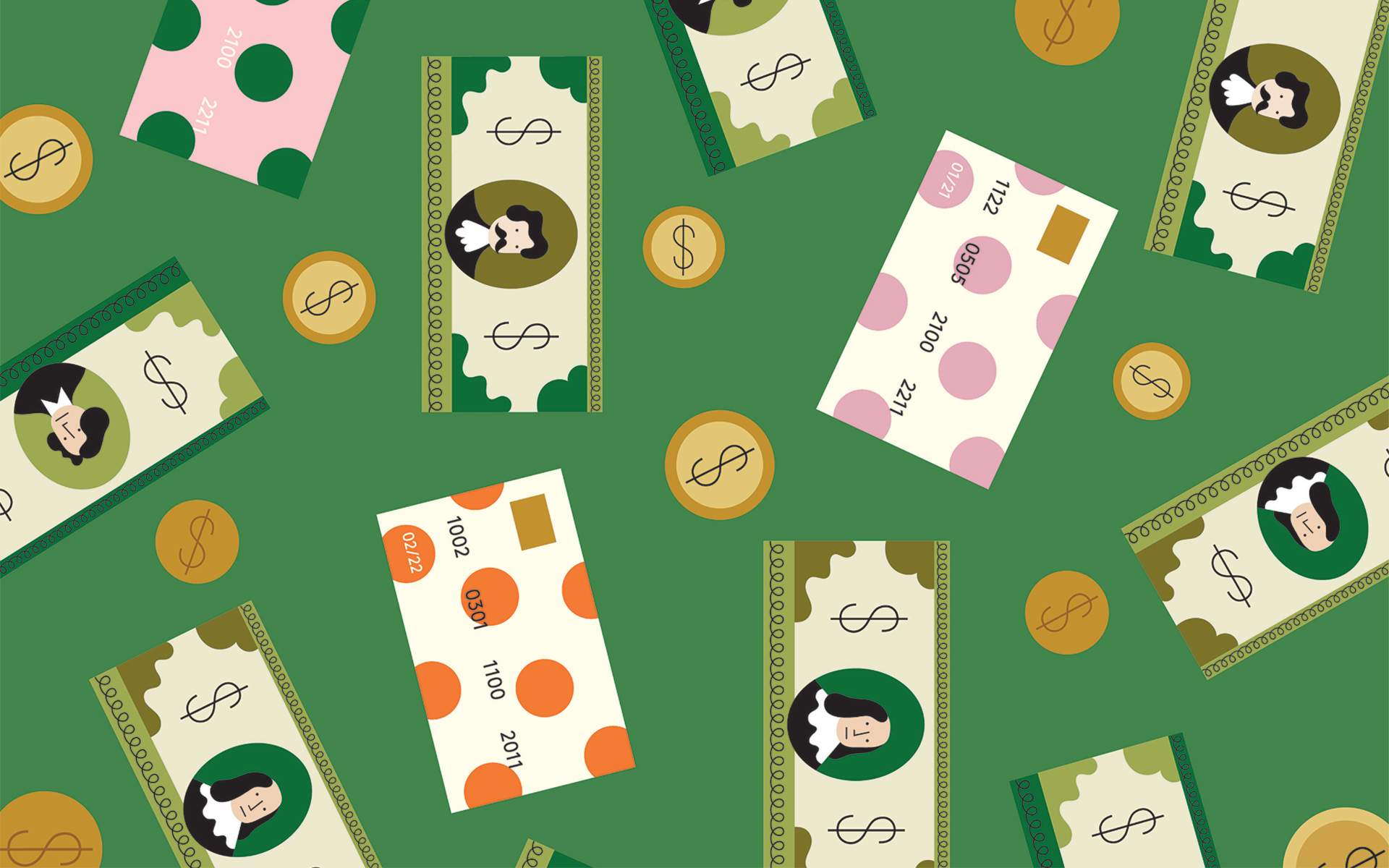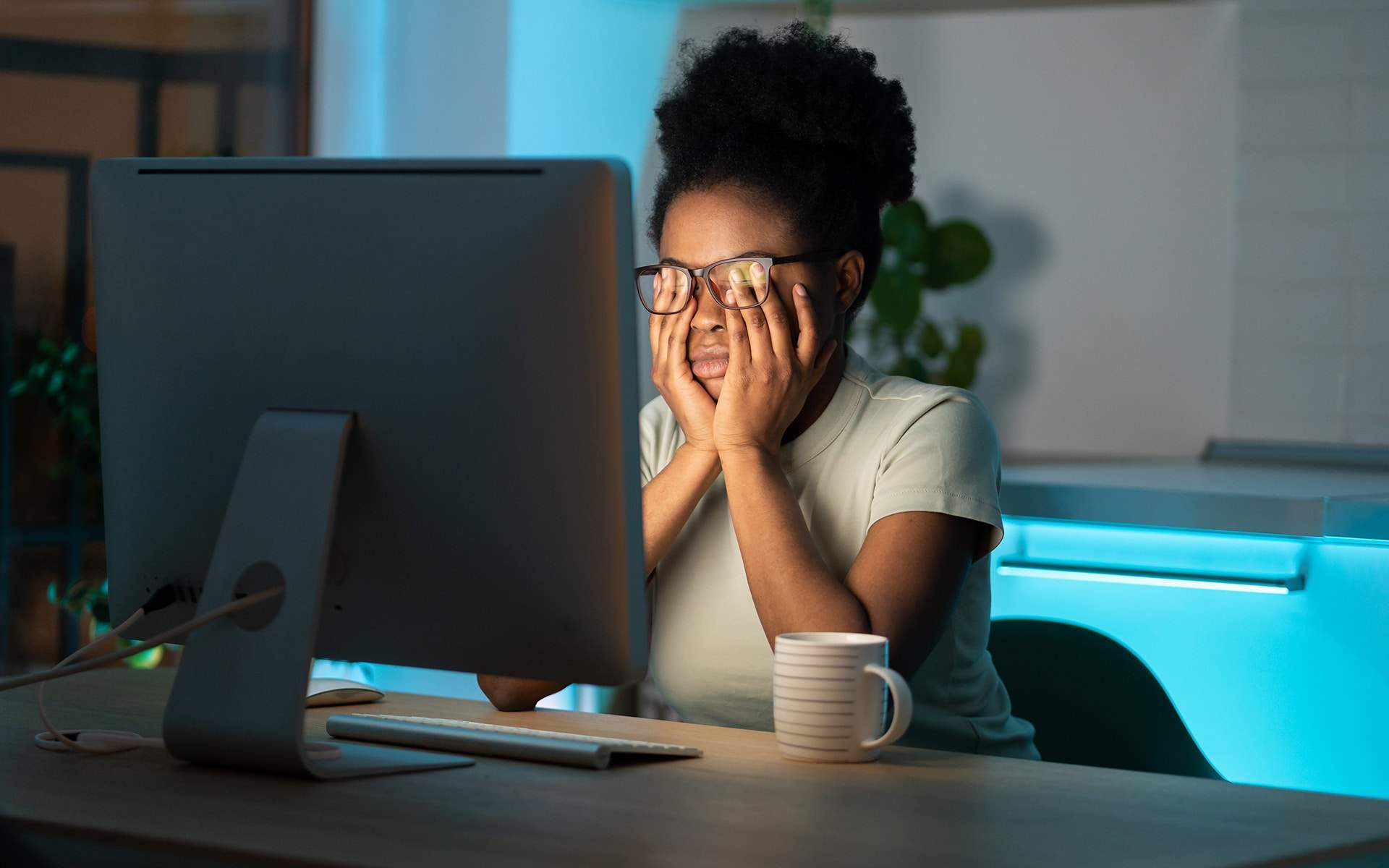The true litmus test of a budget—what I like to call your “money map”—is whether it’s leading you toward a happy life. And you’re the only one qualified to define what a happy life looks like for you—and what steps you’re willing to take toward it. For some people, this may mean earning more money, spending less, or aggressively paying down debt. For others, it might actually mean working a little less, so they can enjoy time with family or recoup from a health crisis. Money mapping is about discerning what’s important to you in life (knowing there are rhythms and cycles to this), and then reverse-engineering a lifestyle that supports your version of happiness.
The Three-Tier Money Map
Most traditional approaches to budgeting have us list out a single, master-plan version of our income and expenses for the month. And while this may be helpful for some people as an initial money practice, it ignores the richness and complexity of our money relationship as something that is always unfolding, shifting, and evolving over time. The Three-Tier Money Map is the antidote for this oversimplification. Here is the framework:
Basic Needs Level
These are the bare-bones, bottom-line needs for your life. And only you decide what that means. Is it just groceries, rent, and utilities? Does it include a particular kind of food? Is a daily coffee a must for you to function? Does it include savings and debt repayment? You’re the boss here.
Comfortable Lifestyle Level
Here, introduce some more comfort into your lifestyle. What’s included? How much? Does this mean a monthly (or even weekly) massage or pedicure? Some disposable income for movies, restaurant dinners, or the latest electronic gadgets? The ability to gift a little money to friends and family?
Ultimate Lifestyle Level
Here we progress another step. Imagine having sufficient income to live out the fullest expression of your desires. All your intentions are funded. Does this look like millions of dollars in the bank, jet-setting from Tokyo to Buenos Aires to Paris, anytime you like? Or is it a surprisingly simple lifestyle, living debt-free on a rural sheep farm? Take the time to clarify what this means for you.
Everyone defines their Three-Tier Money Map differently: One person’s Comfortable tier is closer to another person’s Basic Needs or even Ultimate tier. Our definitions and dreams for each of these levels are as unique as we are, involving not only different types of expenses, but also vastly different amounts.
This framework is supportive and illuminating no matter what your income level or expenses are. Anyone can get out of control with their spending habits, bury their head in the sand about their income or debt, or lose focus on their priorities. And no matter how much or how little money you have, directing it with intention is always a pathway to greater clarity, connection, and empowerment.
Time for Reflection
Some people create their first two lifestyle tiers and find themselves ready to stop, right there; it’s simply too challenging for them to plot out their Ultimate lifestyle at this moment. While I always encourage people to list out all three tiers if at all possible, just to see the largest view of their financial landscape as possible, always take your time and honor your limits. Some people plot out their Basic Needs and Comfortable tiers, then come back to add their Ultimate in a few days, weeks, or even months, when they feel ready for it. Listen to your resistance, and find the right balance for you for working with and through it.
By allowing yourself to dream in big ways, you will transform what might have been a dry, dusty budget into a pathway for greater self-awareness and connection with your values.
Most of all, remember that everyone defines each of these three tiers in different ways. By allowing yourself to dream in big ways, you will transform what might have been a dry, dusty budget into a pathway for greater self-awareness and connection with your values. Give yourself the gifts of curiosity, wonder, and joy as you play with your money map.
Creating Your Map
Take a moment to prepare and set the scene: Gather
anything you need to feel prepared and comfortable.
Grab your financial tracking data or recent bank statements and income and expense reports. Pull out a journal and pen or open a fresh document on your computer. Pour yourself a favorite beverage, light a candle, play music, nibble chocolate, and put your phone on Do Not Disturb—do whatever you need to feel ready and wonderful.
Feelings
Free-write about each of the three tiers of your money map: Basic Needs, Comfortable, and Ultimate. Don’t include any numbers, yet. Turn within and get a felt sense of what each of these levels means to you. Write out your personal definitions for each tier, what you associate with them, how you imagine them making you feel day-to-day and month-to-month. This is completely subjective, and there are no wrong answers.
Things
Once you have a felt-sense description of each of your three tiers, it’s time to look at what items are included at each level. What expenditures do you need to be able to afford to create the feelings you identified for each level? Does your “Basic Needs” tier include rent, groceries, health care, transportation to and from work, and that’s it? Does a daily coffee or monthly movie feel like a Comfortable expenditure, or do these expenses feel like Basic Needs to you? Does your Comfortable lifestyle include cable television, a cell phone, and books? Does an annual vacation to visit your family go under Basic Needs, Comfortable, or Ultimate, for you, at this phase of your life?
Numbers
Get specific and take all of that prioritizing and bring in the real numbers. On three separate sheets of paper (or three separate spreadsheets), list out all of your monthly expense categories, for each lifestyle tier. Apply numbers to every expense item. If you’ve already tracked your expenses for several months, you may be able to look at recent averages to help you or you may do some quick, back-of-the-envelope estimates. Don’t forget those big-ticket and rainy-day expenses that happen less frequently, like insurance premiums, car repairs, dental bills, etc. Divide annual expenses by twelve to calculate average monthly expenses. Also include savings, debt repayment, and investments in any tier those fit into, for you.
Note: Your Comfortable Lifestyle will include all of the expenses from your Basic Needs tier, plus any additional expenses that come into play for you at this level; likewise, the Ultimate level will include everything from your Comfortable Lifestyle, along with additional items.
Keep referring back to the feelings, definitions, and included items you came up with a few moments ago.
Keep referring back to the feelings, definitions, and included items you came up with a few moments ago. Consider what additional expenses you’ll include at each level, and do your best to estimate what they might be.
Once you’ve listed everything out, total up your expenses for each of the three tiers, and calculate your average monthly expense.
Compare Income and Expenses
Once you have expense totals for each tier, it’s time to calculate your monthly income. Some people have a set, predictable salary each month, which makes this calculation delightfully simple. However, if your income fluctuates over the course of the year (whether you freelance, own a new business, wait tables, or shift income streams periodically), just use your best estimates. Take a breath, take your time, and do your best with what information you have.
Get Honest: What Level Are You Living?
Now that you have your average monthly income, compare it to the numbers for your map. Is your planned income enough to meet your Basic Needs level? If so, wonderful! Are you actually living at your Comfortable or even Ultimate level?
Some people don’t like what they see when they compare their income and Three-Tier Money Map. You might find that your current income doesn’t cover your Basic Needs expenses, or that you’re light years away from living your Ultimate lifestyle. It is very easy to feel discouraged here. Remind yourself that you’re looking at these numbers so you can start making positive changes. Honor any feelings that arise with as much compassion as possible.
Celebrate!
Once you have all of your numbers in front of you, do a body check-in. Hug yourself: You have just taken a huge step. It is a really big deal to look squarely at your numbers in this way.
read more
Tame Your Money Shame
It’s taboo to talk about financial struggles because our emotions about money run so deep—but naming our feelings around money will help us deepen our relationship with it. Read More
A Body Check-In Practice for Money Decisions
The next time you’re about to have a conversation about money, use this practice to find balance. Read More







